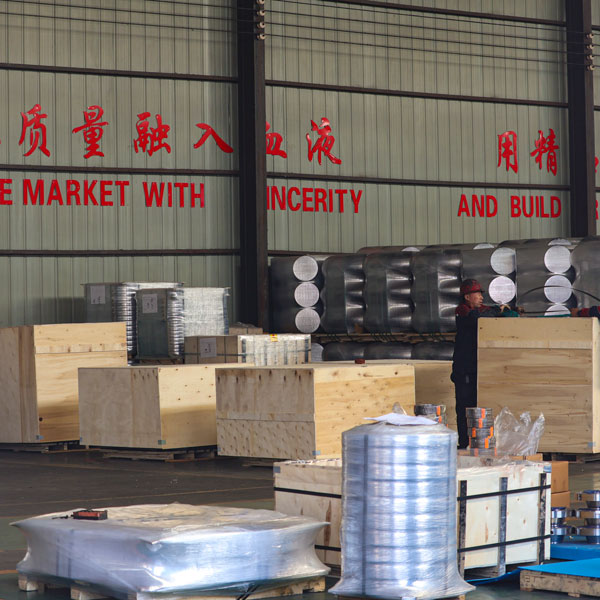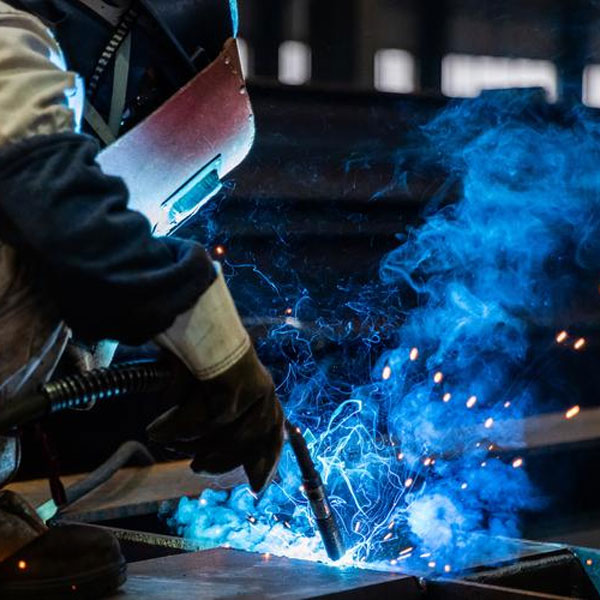Embrittlement in the Heat-Affected Zone (HAZ): Understanding the Threats
Embrittlement in the welding HAZ is a leading cause of cracks and brittle failures in welded joints. Understanding its mechanisms is essential for developing strategies to prevent it.
Types of HAZ Embrittlement
Coarse Grain Embrittlement
Grain coarsening near the fusion line due to thermal cycles
Larger grains increase the ductile-to-brittle transition temperature
Precipitation Embrittlement
Formation of carbides, nitrides, and intermetallic compounds during aging or tempering
Strength, hardness, and brittleness all increase
Structural Embrittlement
Formation of brittle phases like Martensite-Austenite (M-A) constituents, upper bainite, or coarse Widmanstätten structures
Especially critical in low-carbon, high-strength steels
Thermal Strain Aging Embrittlement
Caused by local strain and deformation during fabrication (e.g., cutting, forming, welding)
Includes both static and dynamic strain aging (e.g., “blue brittleness”)
Identifying and mitigating the various types of embrittlement in the HAZ is key to ensuring the long-term safety and performance of welded structures.
Related Articles:
The causes and effects of hardening in the heat-affected zone (HAZ) of welding
Welding Heat-Affected Zone (HAZ) vs Weld Metal: Why the HAZ matters more than you think


